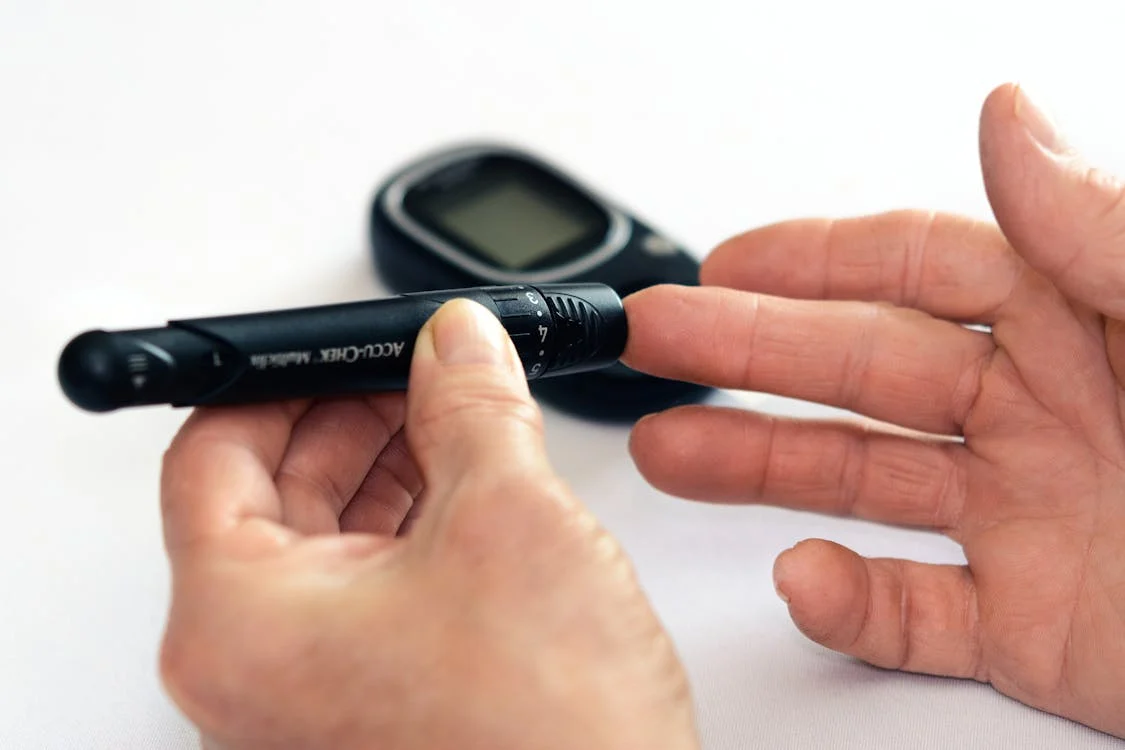In healthcare, medical devices play a pivotal role in the diagnosis, treatment, and management of various conditions. From pacemakers to insulin pumps, these devices contribute significantly to patient care and well-being.
As reported by Precedence Research, the global medical devices market was valued at $570 billion in 2022. This market is expected to be worth around $996.93 billion by 2032.
From this data, it’s evident that medical devices are being manufactured at an exponential rate. However, the occurrence of device recalls can cast a shadow of concern over their reliability and safety.
Understanding why medical devices are recalled and its implications is crucial for both healthcare professionals and patients alike. Here are the major reasons why medical devices are recalled and why you should care.
Design Flaws
At the heart of every medical device is its design, which dictates its functionality and safety. Unfortunately, design flaws can sometimes go unnoticed until the device is already in use. These flaws may arise due to inadequate research, rushed development, or unforeseen interactions within the human body.
As reported by Medical Device and Diagnostic Industry, Johnson & Johnson’s metal-on-metal hip implants had certain design flaws. The flaws caused the implants to generate large amounts of metallic debris. J&J had to settle thousands of lawsuits for these design flaws.
Recalls stemming from design flaws can range from minor adjustments to complete redesigns. As a patient, being aware of design-related recalls underscores the importance of communication with healthcare providers regarding the devices used in your care.
Manufacturing Defects
Even with meticulous design, errors can occur during the manufacturing process that compromise the integrity of medical devices. These defects might be as subtle as a misaligned component or as critical as a material impurity.
Manufacturing defects can lead to malfunctions and reduced efficacy. It might even cause the patient harm, a situation that was seen in the Bard PowerPort lawsuit.
The Bard PowerPort devices are implantable devices used for gaining access to a patient’s vascular system. These devices carry medicine into the patient’s bloodstream.
However, according to TorHoerman Law, the PowerPort devices led to serious complications and injuries due to catheter failures. Thus, the Bard PowerPort lawsuits were filed by the victims to secure justice and compensation for their injuries.
Monitoring recalls related to manufacturing defects highlights the significance of quality control measures within the medical device industry and encourages manufacturers to prioritize safety.
Software Malfunctions
Bugs, glitches, or vulnerabilities in software can compromise the functionality and security of these devices. Software recalls often involve updates or patches to address these issues and mitigate potential risks to patient safety.
Patients and healthcare providers should stay informed about software-related recalls to ensure the proper functioning and security of medical devices in use.
Labeling Errors
Clear and accurate labeling is essential for the safe and effective use of medical devices. According to MedCity News, errors in labeling, such as incorrect instructions or inadequate warnings, can lead to misuse or misunderstanding by doctors or patients.
Labeling recalls aim to rectify these discrepancies and provide updated information to users. As a patient, paying attention to labeling recalls underscores the importance of following instructions and seeking clarification when using medical devices.
Adverse Events and Patient Feedback
Monitoring adverse events reported by patients and healthcare providers is a crucial aspect of post-market surveillance for medical devices. These events may include unexpected side effects, device malfunctions, or patient injuries.
Patient feedback serves as a valuable source of information for identifying potential issues with medical devices that may warrant a recall. Recognizing the role of adverse events and patient feedback in driving recalls emphasizes the importance of transparent communication between patients and healthcare providers.
Regulatory Compliance
Regulatory agencies, such as the US FDA, enforce stringent standards to ensure the safety and efficacy of medical devices. Recalls may occur when manufacturers fail to meet these regulatory requirements, such as conducting adequate testing or submitting timely reports of adverse events.
Regulatory compliance recalls highlight the role of oversight in maintaining the integrity of the medical device market and safeguarding patient interests. Patients should take regulatory compliance recalls as a testament to the regulatory framework’s commitment to upholding safety standards and holding manufacturers accountable.
In conclusion, understanding the reasons behind medical device recalls is essential for fostering a culture of safety and accountability in healthcare. Whether due to design flaws or regulatory compliance issues, recalls serve as a mechanism for identifying and addressing potential risks to patient safety.
As patients, being aware of recalls empowers us to advocate for our own well-being. It also lets us engage in informed discussions with healthcare providers regarding the use of medical devices in our care. Ultimately, prioritizing patient safety and promoting transparency within the medical device industry is paramount in ensuring the delivery of high-quality healthcare services.
